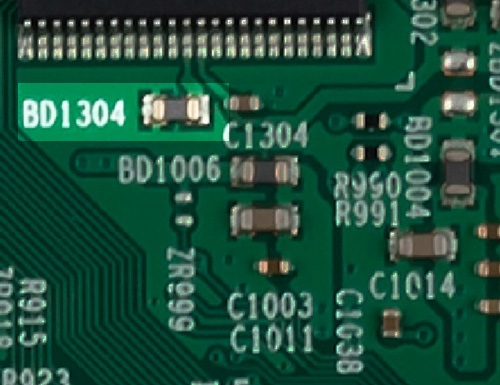EMC Question of the Week: December 26, 2022

Generally, a ferrite bead on a circuit board should never be in series with
- a signal trace
- an I/O trace
- a power trace
- a ground trace
Answer
The best answer is “d.” Traces labeled "ground" are usually current-return traces for single-ended signals. Single-ended signals are unbalanced by design and no impedance should be intentionally introduced on the "ground" side. In the event that the trace is actually serving a grounding function (i.e., ensuring that two places on the board have the same reference potential), then the introduction of ferrite bead defeats that purpose.
Ferrite beads are rarely appropriate on signal traces but can be used in situations where high-frequency resistance is desirable and DC resistance is prohibited. I/O traces can often benefit from a series ferrite, particularly if the I/O carries low-data-rate signals or DC power. A good question to ask before putting a ferrite bead on a signal or I/O trace is, "Would a resistor with the same peak resistance work equally well?" If the answer is yes, use a resistor. Resistors work over a much wider bandwidth, take up less space and cost less. On the other hand, resistors impede the flow of DC current and are more easily damaged by voltage transients.
The most common application of ferrite beads is in series with IC power inputs that require an extra degree of filtering (compared to other power inputs utilizing the same power bus). Care must be taken to ensure that the current drawn by the power input does not exceed the maximum rated current of the bead. It's also important to ensure that the bead has adequate resistance at the frequencies where the filtering is required.
Note: Occasionally, we see differential signals or balanced power distribution with one conductor in the pair labeled "ground." While labels don't affect the operation of the circuit, these conductors are not "ground" in any sense of the word. Putting a "GND" in the net name of a conductor that is not a ground often leads to poor circuit board layouts.
Have a comment or question regarding this solution? We'd like to hear from you. Email us at
